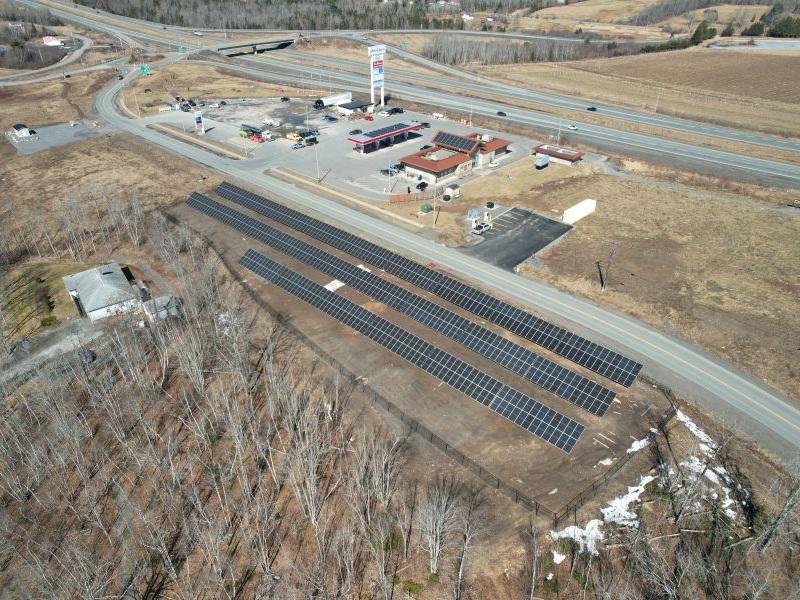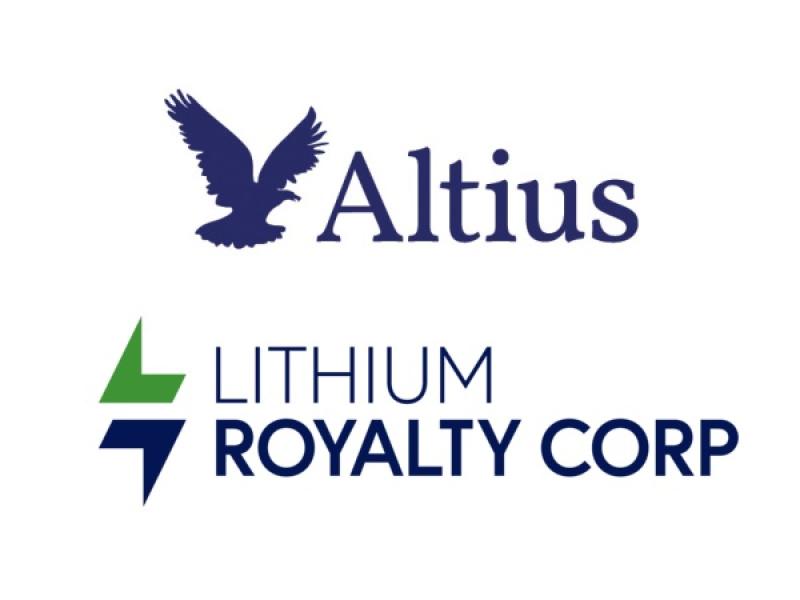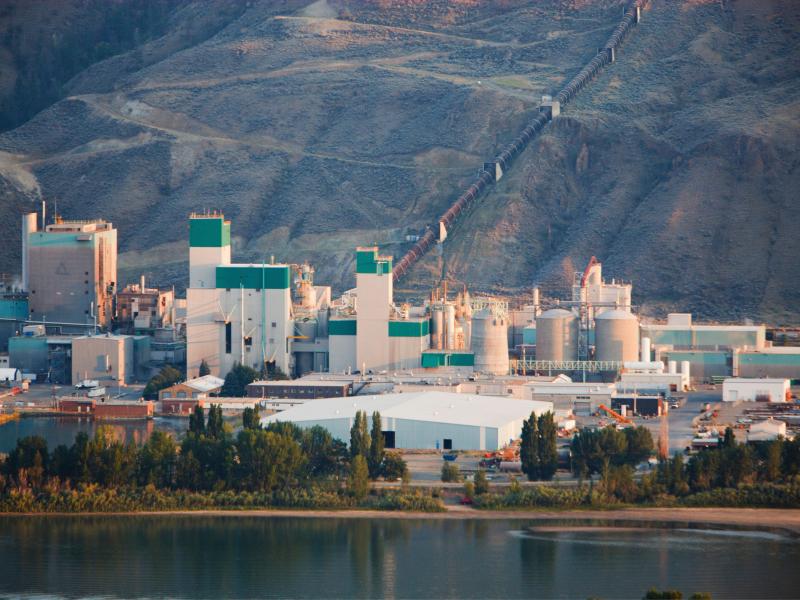
For the Glooscap First Nation, renewable energy projects are more than a way to keep the lights on within a community, they're also a wellspring of funding for vital public works and programs.
The small Mi’kmaq community in Nova Scotia owns, develops and operates solar, wind and electric vehicle charging infrastructure through Glooscap Energy, an entity managed by Glooscap Ventures.
Since its humble beginnings developing a solar array on the roof of a local gas station, Glooscap Energy has grown to participate in joint ventures for megawatt-scale wind projects, a sign of its growing confidence in the sector.
The profits generated by Glooscap Energy’s portfolio help fund the Glooscap community’s critical infrastructure — roads, housing, water, health care and recreation centres.
Its model earned Glooscap Energy the first Indigenous Clean Energy Company of the Year award by the Canadian Renewable Energy Association in October. The accolade recognizes the potential to create “lasting economic and social benefits” for Indigenous and host communities.
“It felt nice to be recognized for a lot of the work that we’re doing,” Michael Peters, the CEO of Glooscap Ventures, said in an interview with Sustainable Biz Canada. “We’re just going every day to work trying to better our community through renewable energy.”
Founding Glooscap Energy
Less than an hour’s drive from Halifax, the Glooscap community was founded in 1984, originally named Horton 35. In 2001, it was renamed in honour of the Mi’kmaq creator figure.
Glooscap Energy was formed in 2017 in response to community engagement meetings where members of the First Nation discussed potential investment avenues for Glooscap Ventures. For the first time, energy emerged as a top-three sector that year, Peters recalled.
With insufficient government funding for its needs and the Glooscap First Nation lacking a large tax base (it is approximately 500 members), Glooscap Energy also serves to supply critical financial backing, Peters said.
With the community’s blessing, Glooscap Energy’s management found partners and immersed themselves in the industry. Starting small, its first project was a series of solar panels on the roof and canopy of a Glooscap-owned gas station. It was installed in 2018 and cost approximately $80,000.
Since then, more ambitious undertakings have been made. As one example, Glooscap Energy developed a solar-powered lobster pound that was built over three phases from 2021 to 2025. Now it totals 634 kilowatts of capacity and the facility runs almost entirely on solar power, Peters said.
“That’s very unique and allows us to be more competitive on the international stage when it comes to costs and also our marketing ability,” he said.
"We want you to invest in" renewables
As it has acquired experience, Glooscap Energy has expanded to large-scale energy developments that make its early solar projects seem quaint by comparison.
It is currently developing the Weavers Mountain and Sugar Maple South wind projects in partnership with Halifax-based SWEB Development. Both assets are planned for Pictou County in Nova Scotia and represent tens of millions of dollars in investment.
The two developments will have the combined capacity to generate over 200 megawatts, enough electricity to power the Annapolis Valley where the Glooscap First Nation is situated, Peters noted.
The community has been enthusiastic about Glooscap Energy, he said. At a recent engagement session, renewables were ranked the top industry for investment for the first time.
Peters attributed the success to the strong governance system of Glooscap Energy, which harmonizes with the community’s vision.
“I feel like we do punch above our weight,” he said, “and that’s because of that grassroots from our community saying, ‘We want you to invest in this renewable energy industry.’”
A safe, long-term investment

Peters views Glooscap Energy as a generational institution for the community, one that will create careers and income for decades in alignment with its values. Other Indigenous groups perceive renewable energy development in a similar fashion, he added.
“I think communities see it as a safe investment, but also a long-term investment into their community.”
The number of Indigenous-led renewable projects has surged in Canada, according to a 2022 report by Indigenous Clean Energy. It has been explored as a form of reconciliation and a way for Canada’s First Nations to achieve greater economic and energy independence. Glooscap Energy, for example, now has enough knowledge and experience in the sector that it no longer relies on outside consultants, Peters said.
Just as every First Nations community has its own health and finance directors, he believes an energy specialist should be just as ubiquitous.
However, as Glooscap Energy’s projects have become larger and require more capital, Peters said it is increasingly hitting a funding roadblock. Indigenous Canadians continue to face barriers in accessing private capital, he added.
Government agencies and programs such as the Canada Infrastructure Bank and the Indigenous Loan Guarantee Program have been critical to overcome this issue, Peters explained. If funding into the agencies and programs are sustained, he expects continued growth in Indigenous renewables programs.
Glooscap Energy has more renewable energy projects in its pipeline and is looking to delve into low-carbon transportation such as electric trucks and a fishing fleet powered by hybrid engines.
“We’re really proud of the projects we’re doing, and we don’t plan on slowing down.”










